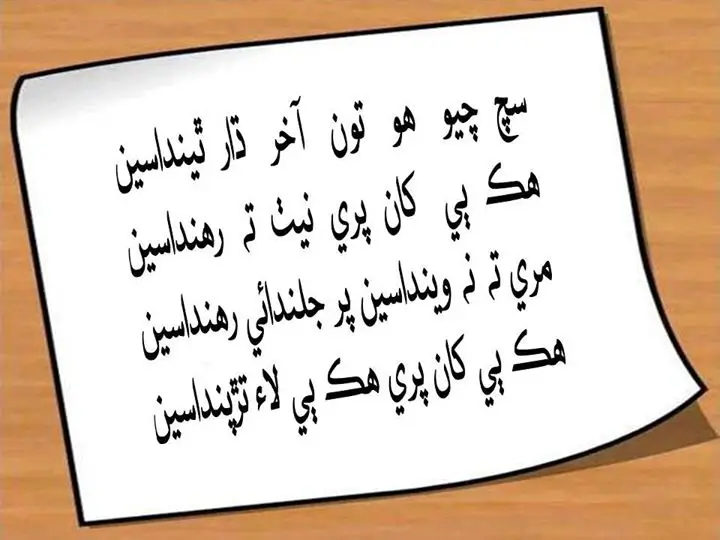

Numerous words form Arabic, Turkish, and Persian (darwaza, begum, qainchi, sabzi, duniya, waqt, sharbat, qanoon), Portuguese (ananas, padre, chabi), English (taxi, doctor, pencil, school, cycle). Contemporary Hindi has absorbed many words from other languages it has come in touch with in history. Hindi to English translation has been more and more needed particularly in USA, UK and Australia nowadays. It is written as it is spoken and there is no ambiguity about pronunciation vs spelling. Unlike Latin, it has no upper case or lower case characters and all characters are equal. The script has 47 characters with 33 consonants and 14 vowels. The Devanagari script in which Hindi is still written came into being in the 11th century. Written Hindi first made its appearance in 4th century AD in the Brahmi script. They have different scripts too: Hindi is written in Devanagari script while Urdu is written in Arabic. The difference between the two languages is that while Hindi has more Sanskrit words, Urdu has more from Persian. Urdu and Hindi are mutually intelligible languages, for the most part. Besides these countries, historical connections have rooted Hindi in countries such as Fiji (that lists its version of Hindi as one of the official languages), Mauritius, Uganda, Singapore, Trinidad and Tobago, Nepal, Bangladesh, and Pakistan. The large Indian diaspora has taken the language to many countries, notable being the United States, United Kingdom, New Zealand, Australia, Canada, South Africa, United Arab Emirates, and Saudi Arabia. Worldwide, there are estimated to be over 500 million Hindi speakers and very high demands to translate Hindi to English. 258 million people in India alone speak the language. Hindi is the fourth largest spoken language in the world, going by the number of individuals who list it as their native language. Hindi is spoken mainly in North Indian states but with migration of people to different parts of the country, it has become a feature of other states as well. Over time, it has been influenced by many other languages such as English, Turkish, Dravidian languages, Persian, Arabic, and Portuguese with words from these languages becoming an integral part of contemporary Hindi.


The umbrella language is called Hindustani which includes present-day Hindi, Awadhi, Khari Boli, Brajbhasha, and Urdu. It belongs to the Indo-European group of languages and descends from Sanskrit. Hindi, also called as Indian, is one of the main official languages of India.


 0 kommentar(er)
0 kommentar(er)
